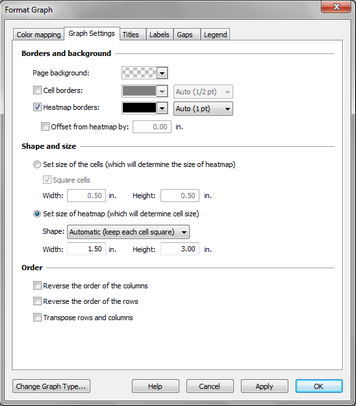

I'm not willing to use BLAST2GO for my GO analysis, and I was wondering if there is any easy solution (like a Bioconductor R function) to use in my pipeline to process such data and plot them easily.
A graph including and comparing different enrichment factors with circles. Bar charts (or possibly pie charts too). (B) Heatmap of normalized enrichment scores for cell type-specific. However, I don't really know how to make the classic plots you see in GO analysis, like (picked from random papers) Instructions for creating a new GraphPad Prism (GraphPad Software Inc. Statistical analyses were performed using GraphPad Prism. The dendrogram was built separately to give color to dendrogram’s. This data visualization example include: Hierarchical clustering, dendrogram and heat map based on normalized odds ratios. Version 3: If there is no color, and we do not reorder the branches. depleted file will contain those functional categories that are depleted (under-represented) among that very same set of target genes. Unbiased clustering reveals 12 transcriptomically distinct cell populations displayed as a heatmap (d) and UMAP (e). Version 1: Color both the branches and labels. 
enriched file will contain those categories that are found to have enriched representation among that set of genes. Two outputs will be generated for each set of genes tested for functional enrichment, one containing the enriched categories, and another containing the depleted categories (see. The function calls the R package goseq, and as stated here, the output looks this way: GO enrichment analysis was also performed through the analyze_diff_ script. I've performed a differential gene expression analysis through Trinity, as suggested here.






 0 kommentar(er)
0 kommentar(er)
